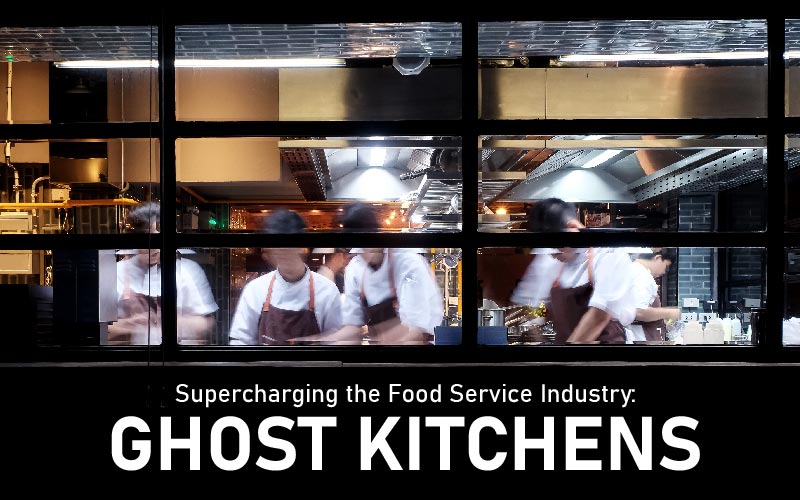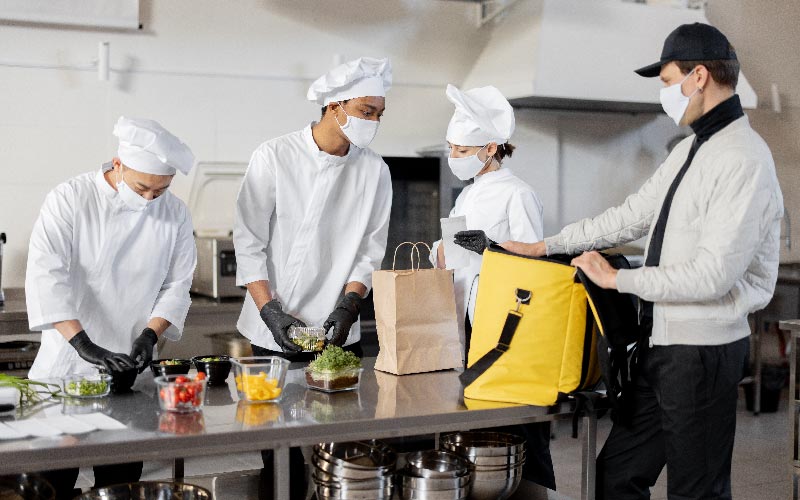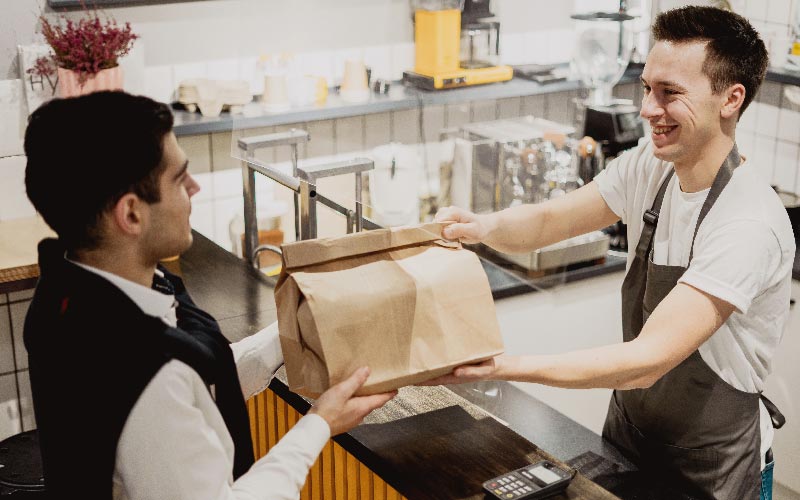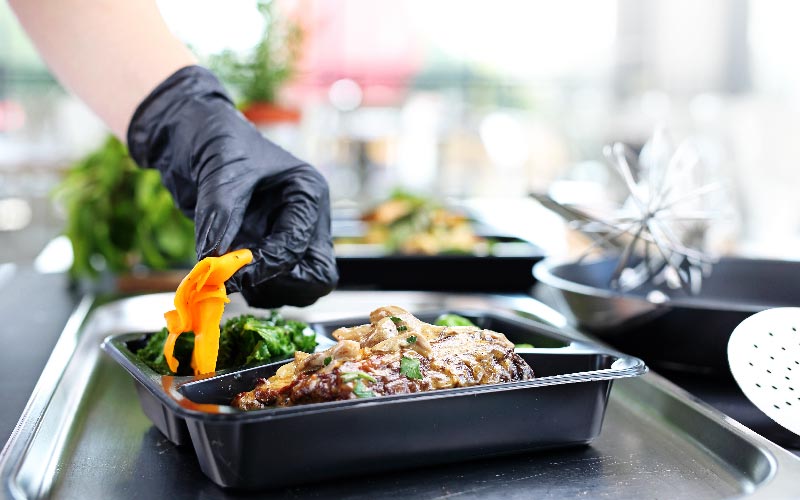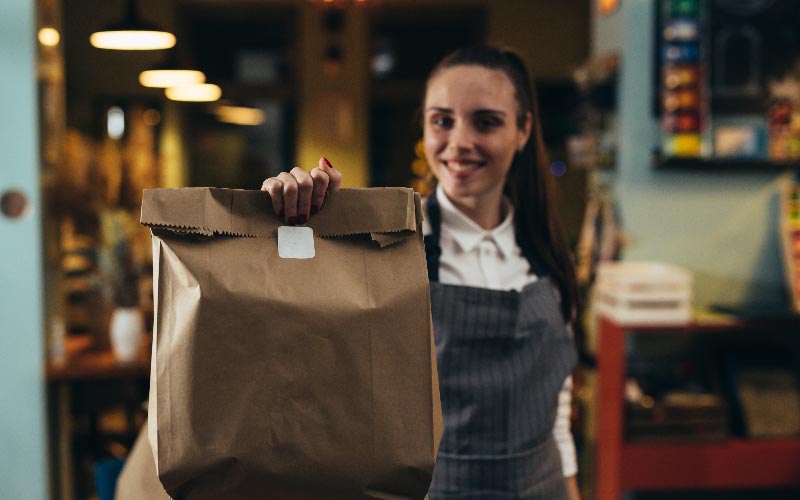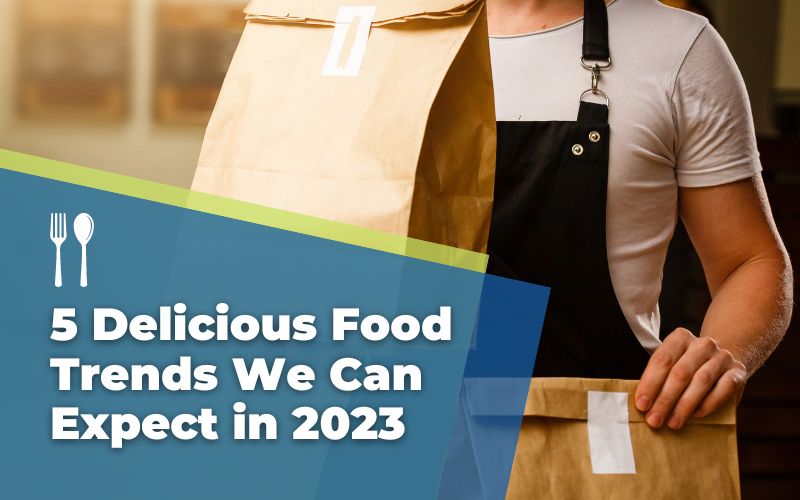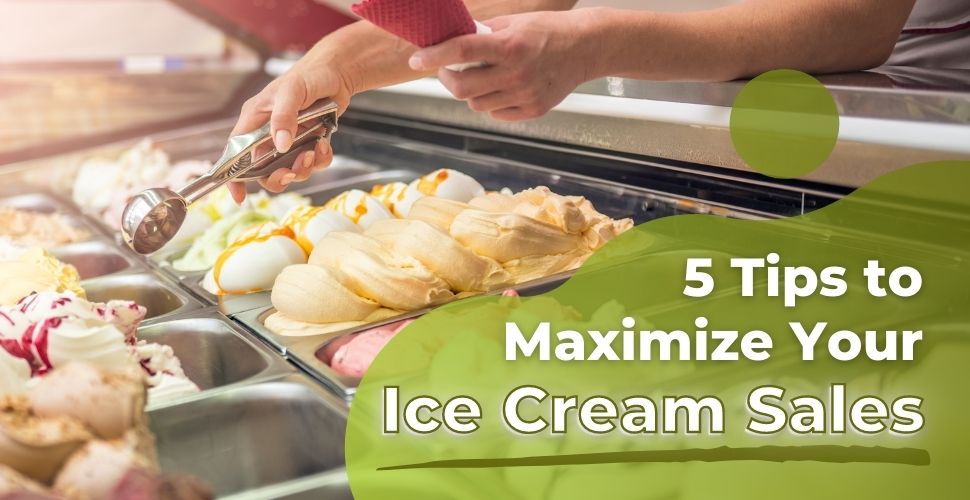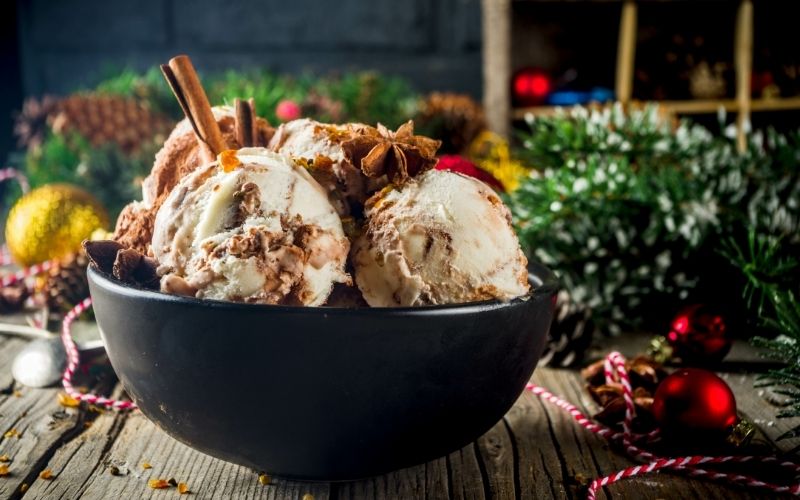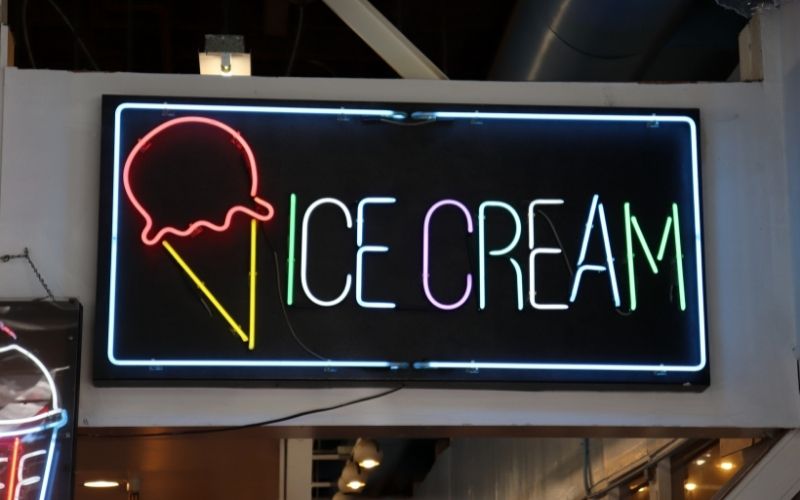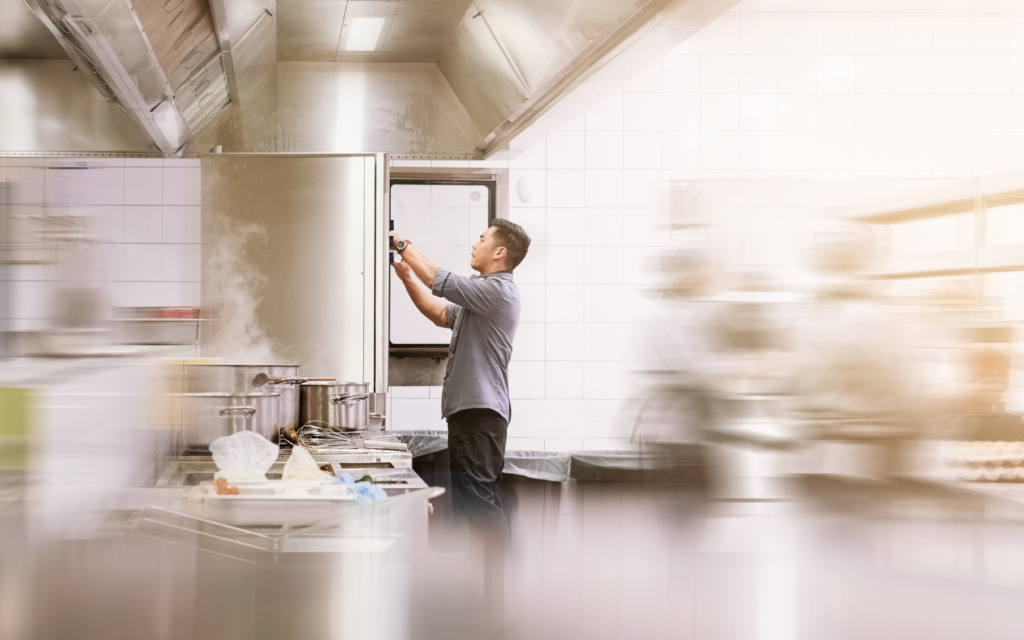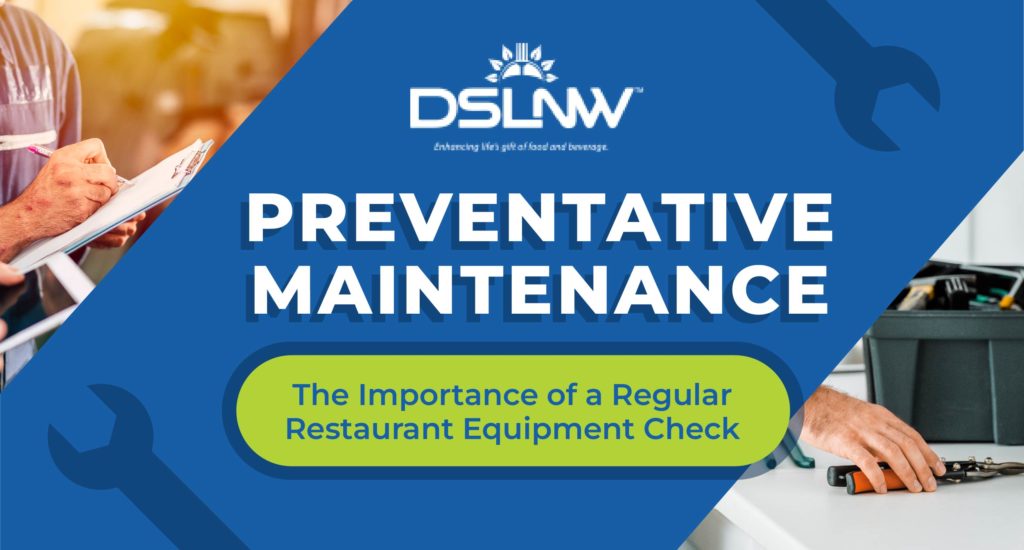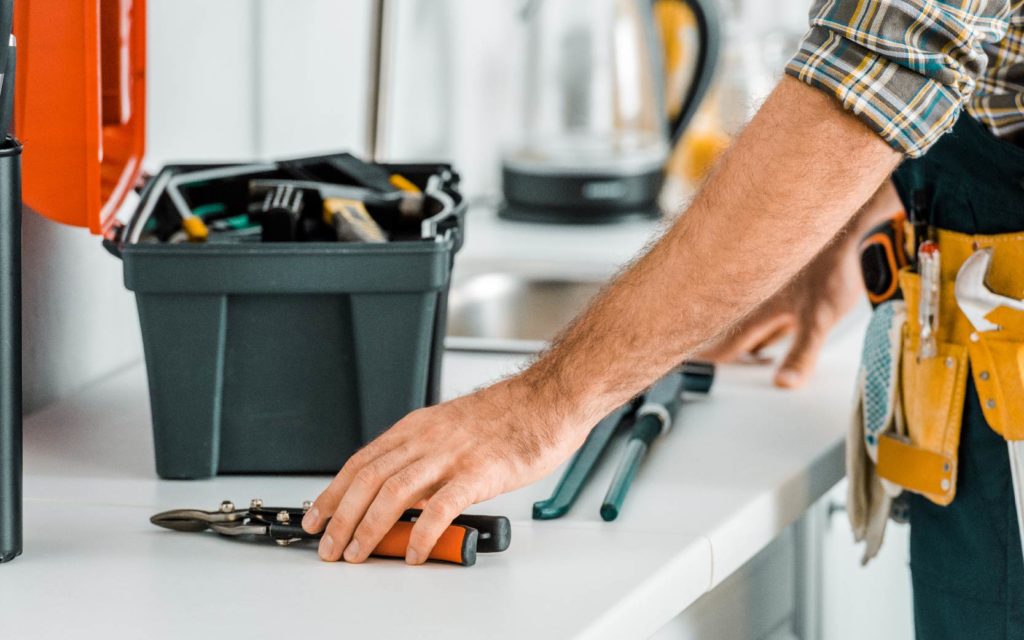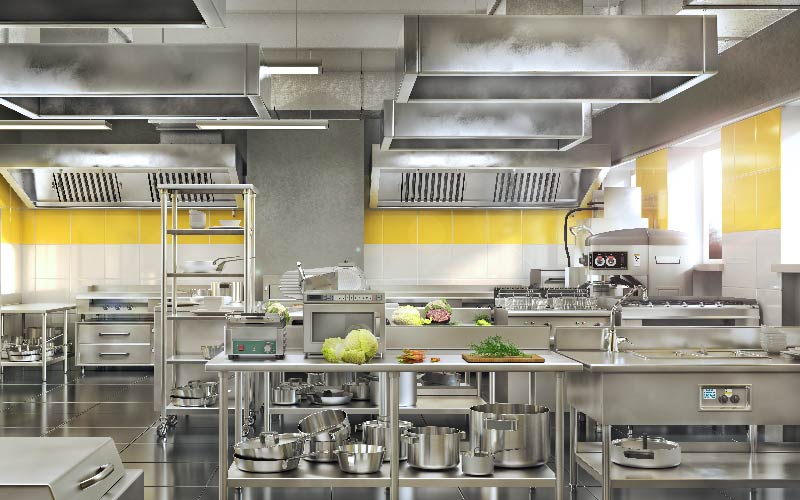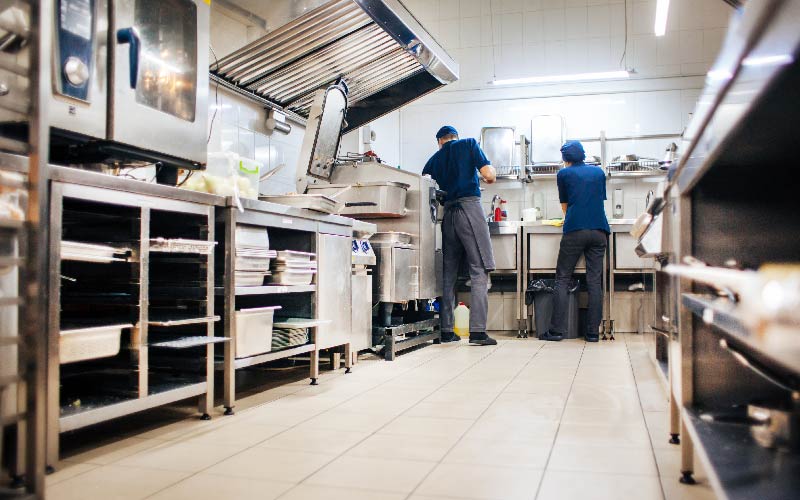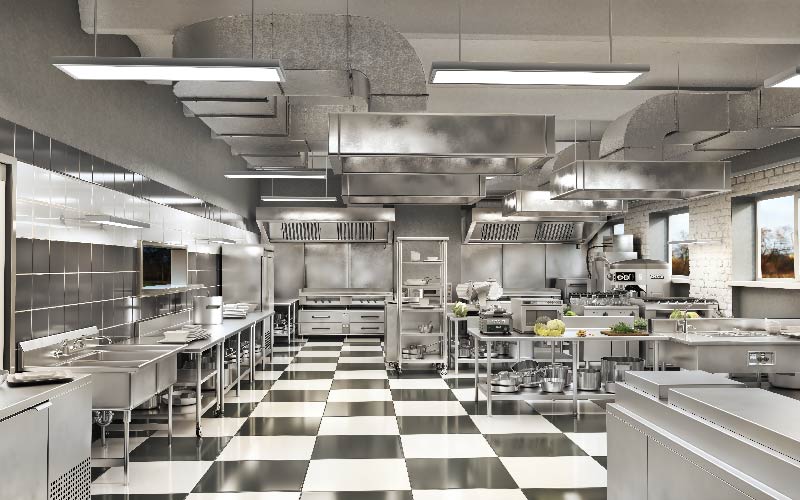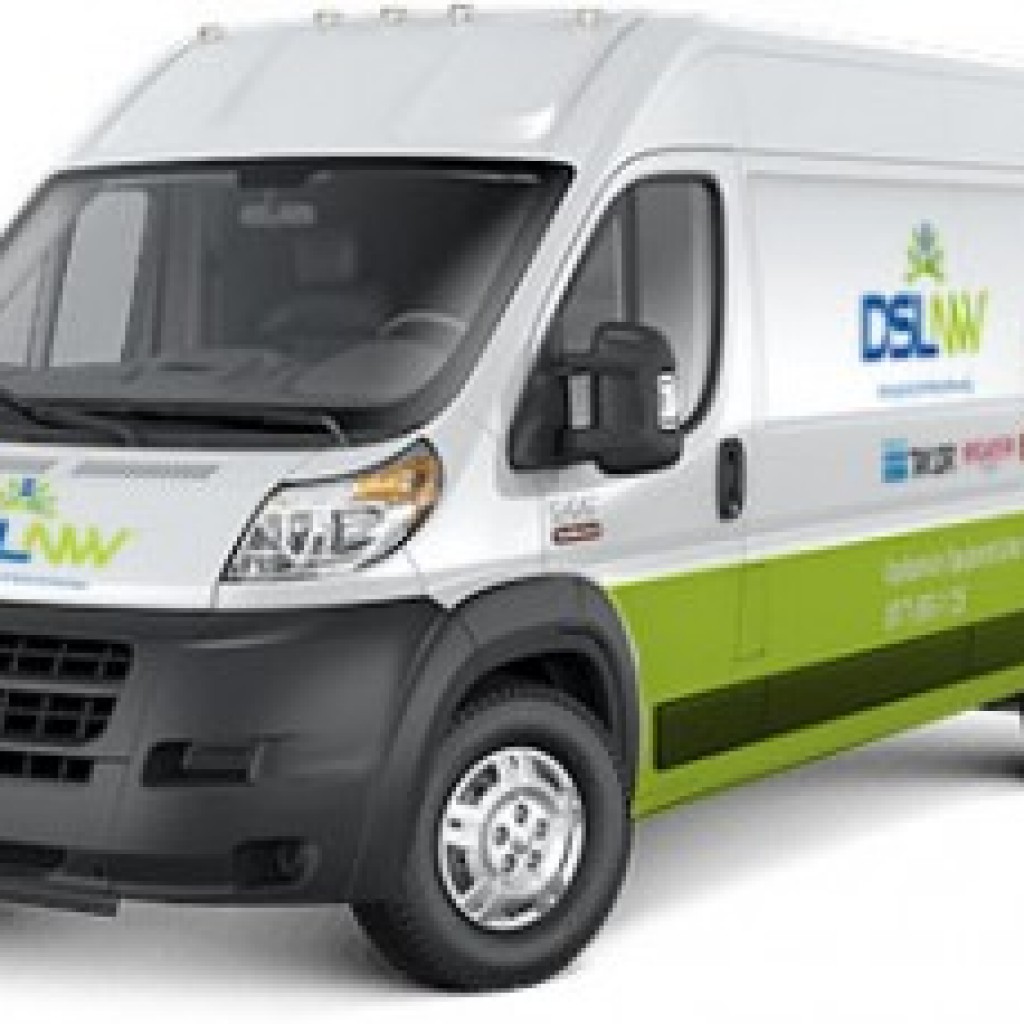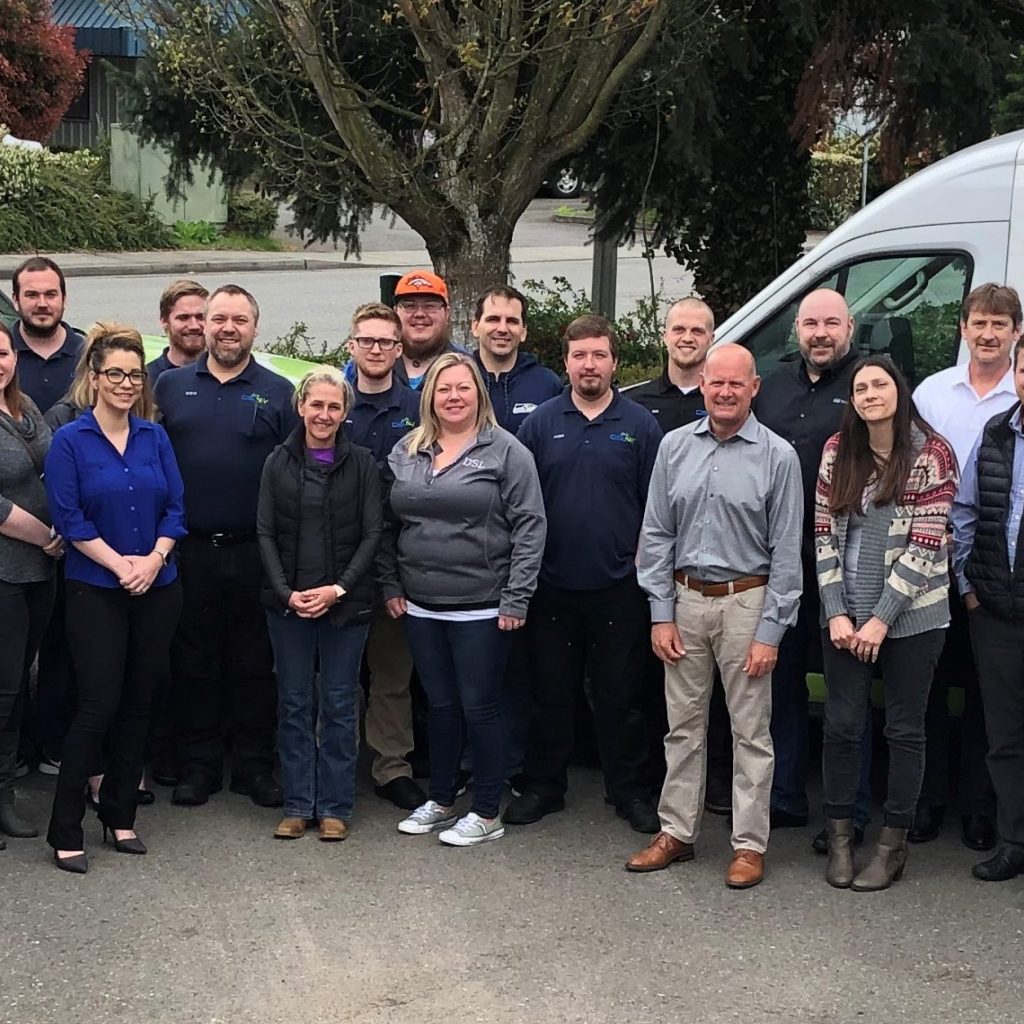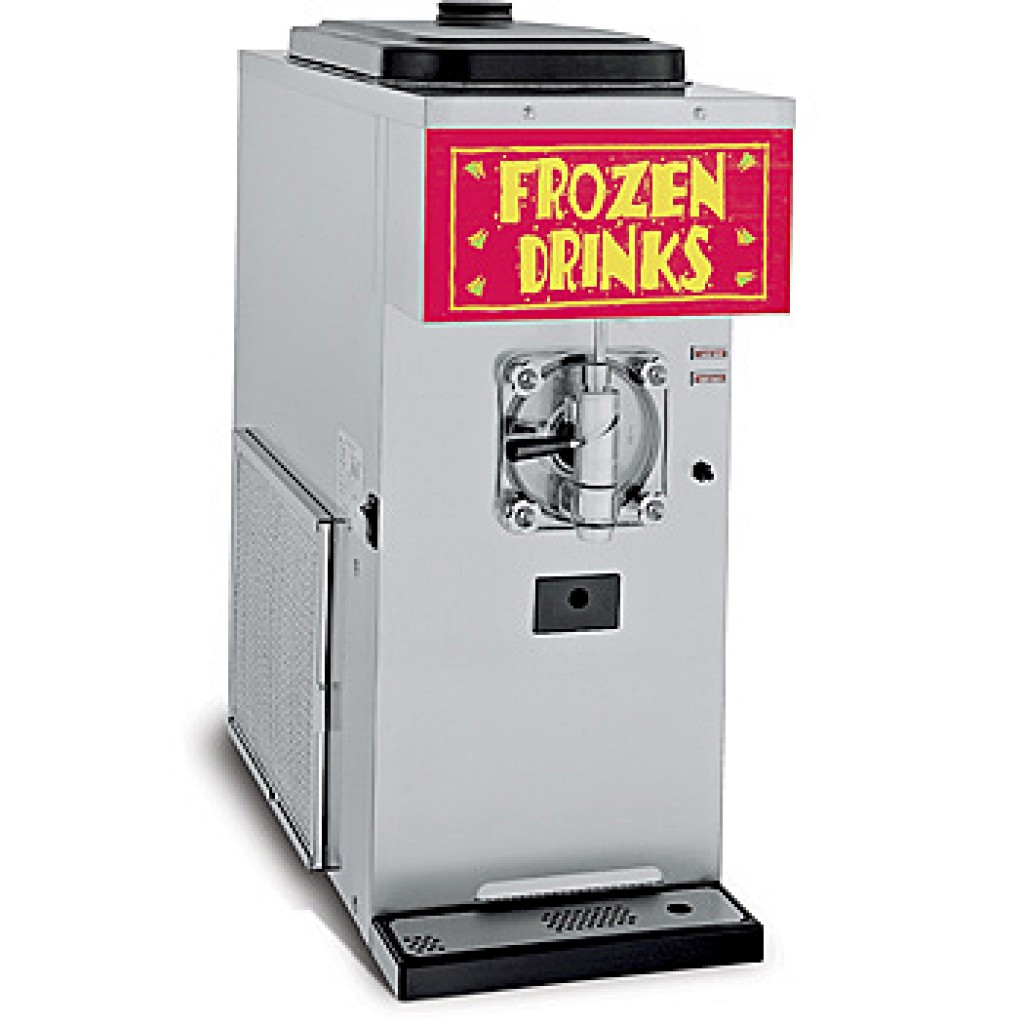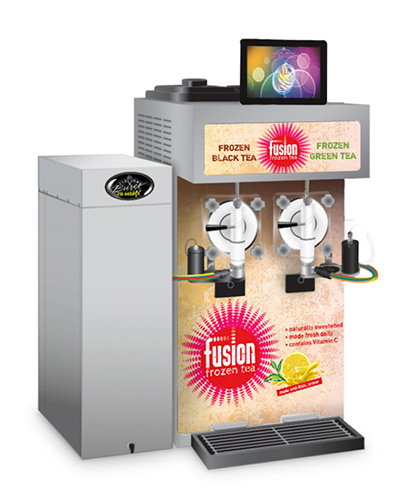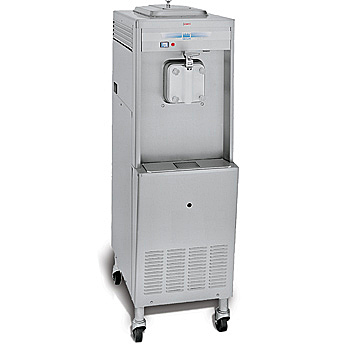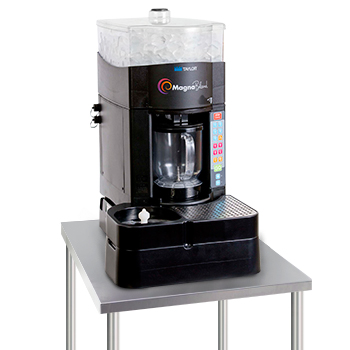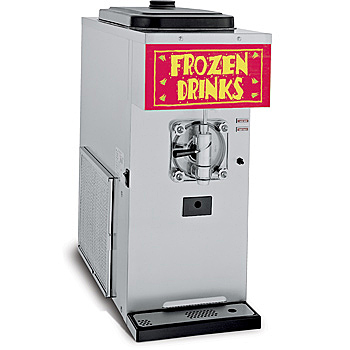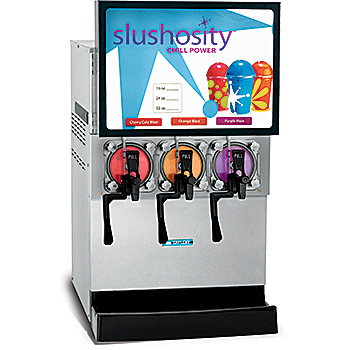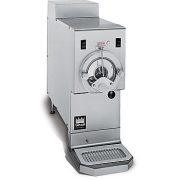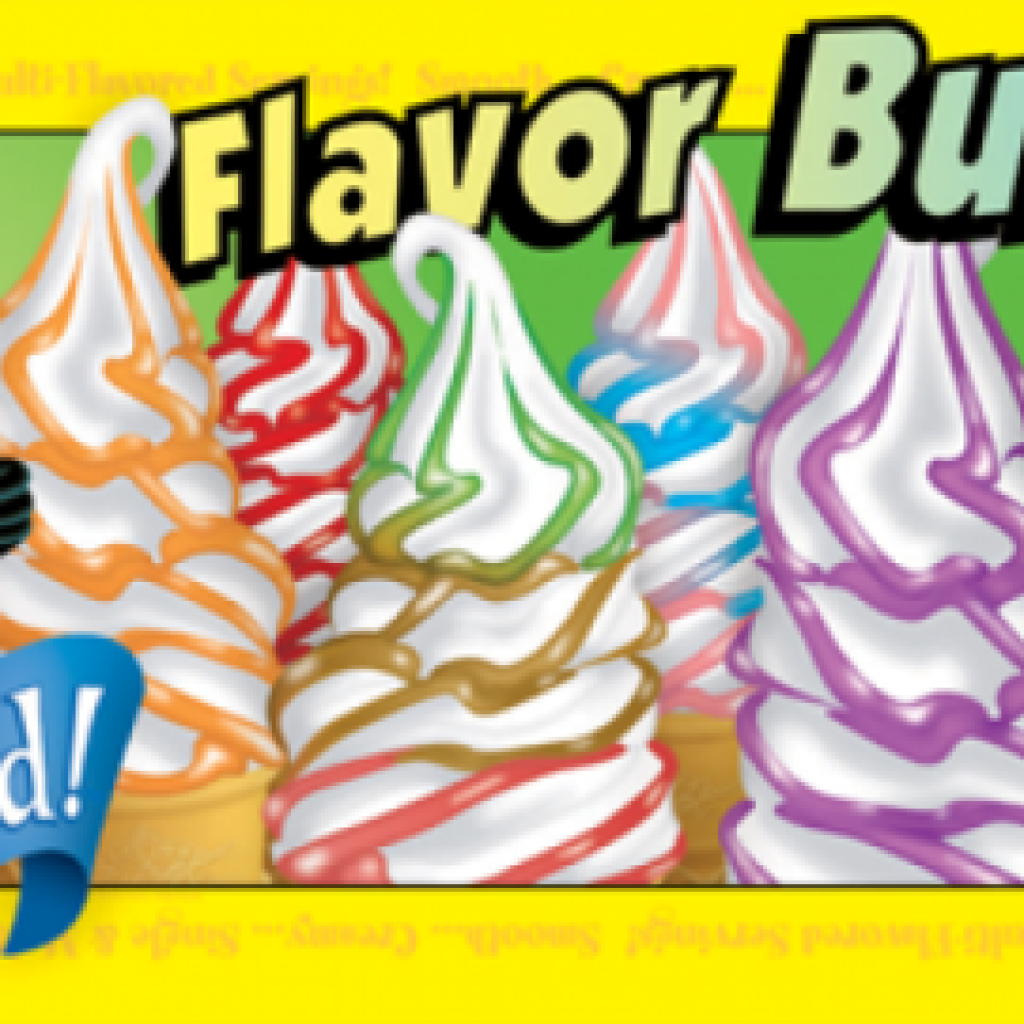1.Who is DSL Northwest?
DSL Northwest is one of the Pacific Northwest’s premiere foodservice equipment providers and consultants. We are proud to be the exclusive distributors for Taylor, Flavor Burst, Fusion Frozen Beverages and Lainox Combi Ovens as well as offering several other specialty products. Our factory-trained service technicians also support after the sale, as well as part, supplies, and consumable product offerings – 24 hours a day, 365 days a year.
In addition to our foodservice equipment business, our value added consultancy helps our customers to design and achieve their business goals cost-effectively. It is our knowledge in foodservice equipment, and our passion for food, that has led to many trusted partnerships with our customers across the region; the majority of which are major global and USA brand-names. We help them to increase efficiencies within their current menu, find new items to serve or simply help them to keep their equipment running properly to minimize costly downtime.
2. How do you see the future of the foodservice sector?
The future of foodservice is very bright and we are bullish on the ability of the industry to continue to grow as we service the changing demographics of the foodservice consumer. More and more dollars are being spent by the younger generations but competition and external influences such as labor availability and wage rights will make success even more challenging. Make no mistake, this isn’t your parents’ foodservice industry…. and partnering with a company that knows and understands how to navigate this landscape is crucial.
3. What FIVE issues will dominate the foodservice sector?
ONE: Availability of labor is tight and will continue. Executing your menu needs to be achieved using less labor hours and through higher volume sales. (Talk to us about how to achieve this balance as we are experts in this area).
TWO: Wage rates will continue to rise. As a mandatory $15.00 per hour wage rate lurks on the horizon, what are you doing to address this issue? If it hasn’t hit you already, it will, and now is the time to review how to execute your menu and processes in the most efficient manner possible.
THREE: Natural and Organic food requests are here to stay. Consumers are making their dining decisions around these issues and demanding that their restaurants have the appropriate and sustainable sourcing methods for the ingredients that they purchase.
FOUR: As families spend more of their disposable income on dining out, what are you doing to attract the “whole” family? Recent studies have shown that when a family decides to dine out, 75% of the decisions are made by family members 13 and under. How are you doing to grab the hearts and minds of the youngest family members and influence their decisions?
FIVE: Social media will continue to influence and be part of the decision making process for consumers 40 and younger. As this group of consumers continues to increase in numbers you will need to have a strategy in place for meeting and exceeding their expectations. A partnership and pro-active strategy on reaching this consumer base will drive loyalty and volume.
4. What is your history?
DSL Northwest was co-founded by Mike Ross and Mark Taylor in 2006. Due to customer demand, DSL Northwest expanded its offices to include six locations; Spokane, Portland, Kent WA and with service agents located in Fairbanks, Anchorage and Juneau. For over 10 years, DSL Northwest has been servicing customers in the Northwest including WA, AK, OR, MT, WY and ID. Our fantastic DSL Northwest team is one of the most highly skilled in the region, and is able to provide our customers with the service support that they need and when they need it; 24 hours a day, 365 days a year.
5. Who is your leadership team?
The DSL Northwest team is led by Mike Ross, Co-Founder and President, Mark Taylor, Co-Founder and Vice President and Jim Neil, Principal and VP of Sales & Marketing who all have extensive experience in the foodservice business in the Pacific Northwest:
Jim Neil: President
Jim Neil is the president of DSL Northwest and oversees all business operations and sales. Jim is a 24-year veteran to the foodservice industry, having spent the majority of his career as the President and co-owner of JG Neil and Company, a leading foodservice agency in the Pacific Northwest. Jim has been helping independent restaurant operators and chain accounts in the Pacific Northwest develop and deliver creative menu options as well as source the finest ingredients for their operations. When not working with customers, Jim can be found fly fishing, golfing or with his wife and 3 kids.
Mark Taylor: Co-Founder and Vice President
Mark is a co-Founder and Vice President of DSL NW with 39 years of experience working in the food service equipment industry. Mark’s years of industry experience has helped hundreds of independent restaurant operators expand their menu offerings and improve their operational efficiencies and product quality. Whether a single restaurant operator or a 100+ location national account, Mark can and will utilize his experience and expertise to help you grow your business.
6. Why are you located in Kent, WA?
When DSL Northwest originally relocated to Washington State, Kent was the obvious choice with its excellent transportation links to other parts of WA, and also into OR via I5. After DSL Northwest gained early momentum in 2006, it made sense to expand the offices and service centers deeper into the Northwest territory. That is why we now have centers in six locations including Spokane, Portland, Kent WA, Fairbanks, Anchorage and Juneau.
7. Who are Taylor and Flavor Burst?
Taylor Company – DSL Northwest is proud to be the exclusive distributor of Taylor freezers in the Northwest and Alaska. Taylor Company has a 70-year heritage as a pioneer in their specialized field, and as a leader in new technologies, creating some of the world’s finest foodservice equipment including softserve machines, The Taylor® grill line, Frozen Carbonated Beverage Freezers, Taylor® batch freezers, Magnablend blended ice machines and Shake Freezers. https://goo.gl/hfGKCz
Henny Penny – DSL Northwest is proud to be the exclusive distributor for Henny Penny branded products in the Northwest. The results – in quality, flavor and cooking speed – are revolutionary. AS well as the unique Henny Penny equipment, the Henny Penny branded program includes access to Henny Penny’s unique and flavorful chicken products, proprietary coatings and marinades, plus a wide selection of other ready-to-cook favorites such as shrimp, mozzarella sticks and potato wedges. https://www.hennypenny.com/
Flavor Burst – this revolutionary add-on allows you to add a variety of flavors to your soft-serve or yogurt freezer by injecting concentrated flavorings throughout your finished product such as a soft serve, shake, frozen carbonated beverage, or slush program. FlavorBurst.com
Fusion Frozen Beverage – Fusion Frozen beverage includes a freshly brewed, naturally caffeinated ice tea slush beverage that brings a new twist to the booming ice tea market and Cold Brew Frozen Coffee. Brew your own cold Brew Coffee or tea and simply add our base to create your base flavour, then let your customer decide what flavor they want to add. https://goo.gl/bWjdEt
8. There are lots of foodservice equipment providers. Why should we choose DSL Northwest?
DSL Northwest is much more than a foodservice equipment operator. Our mission is to optimize our customers’ menus which is why we work with, and consult to, some of the leading, best-loved brands across the Pacific Northwest and the USA; from McDonald’s and Wendy’s to MOD Pizza and Salt&Straw.
Our customers come to us because we provide extraordinary value through menu optimization and implementation. This might involve re-thinking current menus, evaluating customer demographics, interrogating profit margins and re-working kitchens and front-of-house operations to successfully drive profits throughout the year.
Because of this added value, our customers come back to us again and again for help with expansion and growth plans, on-going service contracts or to meet the demands of changing consumer tastes with relevant equipment technologies that also drive operational efficiencies.
9. What experience do you have in optimizing menus?
- We have extensive experience in optimizing menus across the Pacific Northwest for some of the best-loved brands. For example, we recently helped:
- MOD Pizza – How great are the milkshakes you enjoy at MOD? We helped with the implementation and selection of the shake freezers that produce those delicious Milkshakes for you and your kids!
- Hopjacks – We worked with Hopjacks on a clamshell grill cooking system that improved their food quality and consistency, speed of service and improved their labour efficiency.
- Dutch Brothers Coffee- In the rapid pace environment of specialty coffee, we worked with Dutch Brothers to improve the speed of service on all of those delicious frozen beverages you have come to love. Using our beverage freezers we have helped delight Dutch Brothers customers through quality and speed of service.
- Burgerville- Dining at Burgerville is not only delicious – it’s also extremely efficient. We have helped with their Soft Serve, shake and burger production using Taylor Grills and Combo Shake/Soft serve machines.
10. What is your focus?
AT DSL Northwest our focus is helping customers through a process we call “Menu Optimization”.
Menu Optimization is about you and your business. Through our discovery process we ask questions of you and your business to determine if we can help you Optimize your menu one of two ways:
1) Identify opportunities to improve efficiencies in your operations that will lead to more profit to your bottom line or
2) identify potential new menu offerings that will add new revenue streams and profit to your business.
Our process is risk-free to you and comes at no cost. Simply put, if we cannot find a solution in one of the two ways listed above, we will put you in contact with one of the 1000’s of industry resources we know who can assist you. If we do have a solution for you, we will sit down and provide a validated ROI to show how our recommendations can help you improve your profitability.
11. Are you involved with the local community?
DSL is active in our local communities and supports our customers and their charities. For additional information on what and how we work in the community please feel free to reach out to us directly.
12. What ambitions does DSL Northwest have?
We already work with an enviable list of customers including a blend of cafes, convenience store chains, food service operators, grocery chains, quick service, fast casual and fine dining restaurant operators such as Costco, McDonald’s, Wendy’s, Burgerville, Dutch Bros, Burgermaster, Tulalip Casino, QFC, Microsoft, Muckleshoot Casino, Salt&Straw, Great State Burgers, Whidbey Coffee and many, many more.
Our strong reputation ensures that we are able to acquire new clients through word-of-mouth, and our aim is to continue to build on our existing client list and work alongside additional successful brands across the Northwest.
If you need help with a challenge or issue, or simply want to conduct an audit on your operation, call the DSL Northwest team on 877-665-1125 for a free initial consultation.
